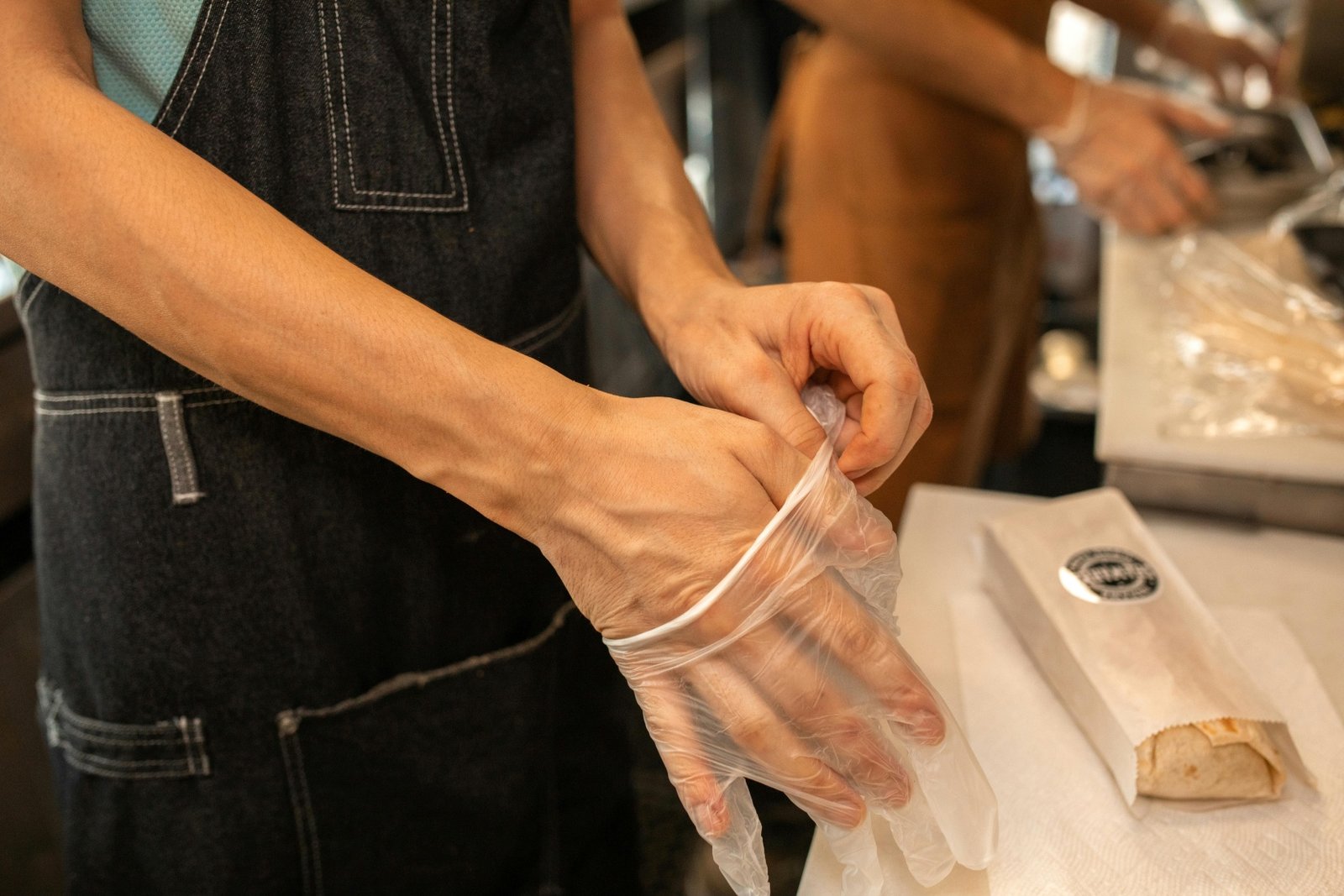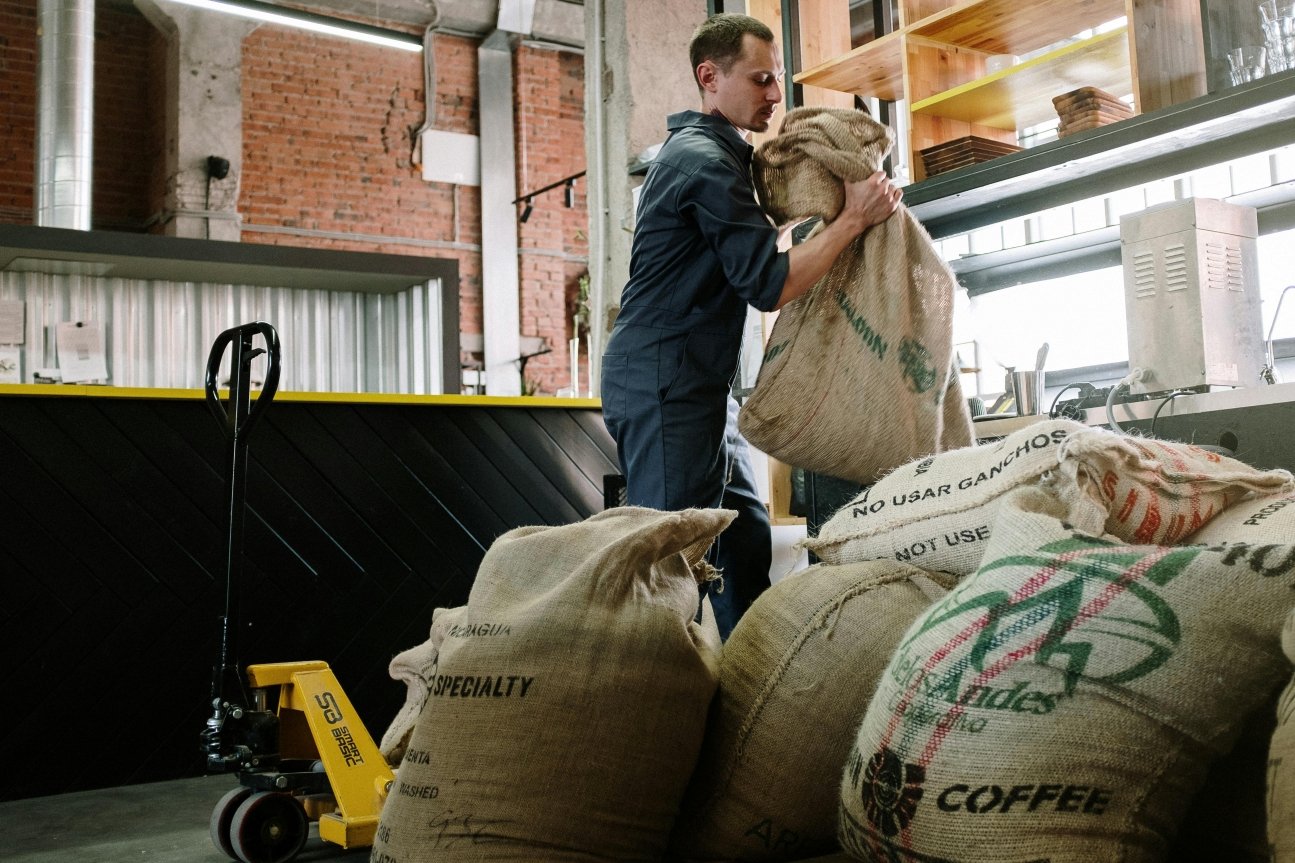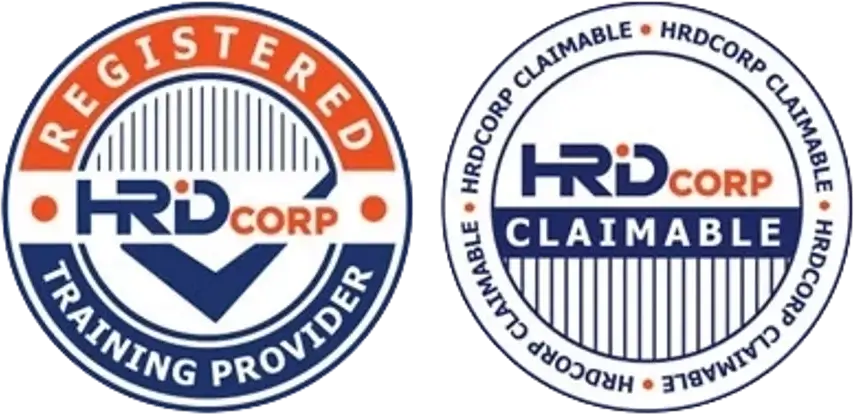What is the Difference Between oPRP and PRP in ISO 22000?
In ISO 22000 (Food Safety Management System – FSMS), Operational Prerequisite Programs (oPRP) and Prerequisite Programs (PRP) play crucial roles in ensuring food safety. However, they have distinct functions and applications. Understanding their differences is essential for proper food safety management.

Key Differences Between oPRP and PRP
1. Definition & Purpose
- PRP (Prerequisite Programs):
- Basic hygiene and operational conditions required to produce safe food.
- Focuses on preventing contamination in the food production environment.
- Examples: cleaning procedures, pest control, employee hygiene.
- oPRP (Operational Prerequisite Programs):
- Specific control measures to reduce or eliminate food safety hazards.
- More specific than PRPs but less strict than Critical Control Points (CCPs).
- Examples: temperature control in food storage, metal detection, water quality control.
2. Risk Control Approach
- PRP: General preventive measures to maintain food safety standards.
- oPRP: Measures focused on controlling significant hazards that are not CCPs.
3. Criticality & Monitoring
- PRP:
- Generally not monitored continuously.
- Applied across the facility to maintain hygienic conditions.
- oPRP:
- Requires monitoring and verification to ensure effectiveness.
- Identified through hazard analysis in the food production process.
4. Examples in Food Industry
- PRP Examples:
- Pest control programs.
- Employee hygiene and handwashing.
- Equipment cleaning schedules.
- oPRP Examples:
- Water filtration and treatment for food processing.
- Metal detector checks in packaging.
- pH control in fermentation processes.
5. Relation to HACCP & ISO 22000
- PRP:
- Forms the foundation for HACCP and ISO 22000.
- Ensures a clean and controlled environment before food production starts.
- oPRP:
- Identified during the hazard analysis process (HACCP Step 6).
- Helps prevent specific hazards that could affect food safety.
6. Documentation & Verification
- PRP: Requires basic documentation and general food safety policies.
- oPRP: Requires detailed records, monitoring, and corrective actions.

Conclusion: Which One is More Important?
- Both PRP and oPRP are essential for food safety in ISO 22000.
- PRPs create a safe working environment and prevent contamination.
- oPRPs control specific food safety hazards and require monitoring.
- Together, PRPs and oPRPs form a strong food safety management system to protect consumers and ensure compliance.
Need Help Implementing ISO 22000?
Contact us today for expert guidance on ISO 22000 certification, PRP implementation, and oPRP management!


